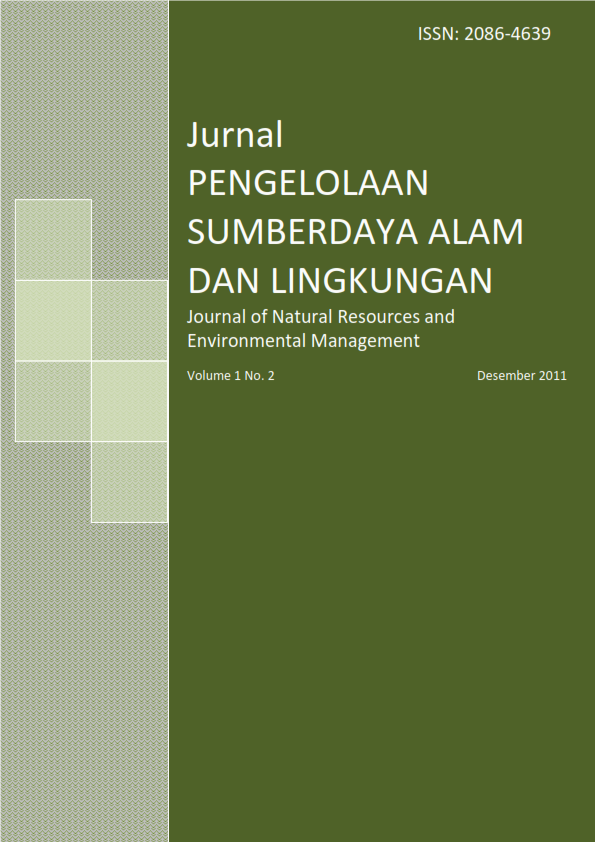IDENTIFIKASI INDUSTRI BERDASARKAN LIMBAH YANG MENUNJANG PEREKONOMIAN NELAYAN NAMUN RELATIF MENURUNKAN KUALITAS AIR DAN PRODUKSI PERIKANAN
Abstract
Economic development in DKI Jakarta is very fast, so naturally if Jakarta is Indonesia's largest producer of waste, whether from domestic wastes, urban sewage and industrial waste. The purpose of this study was to identify both industrial and industrial fishing industry is relatively non-fishery will support economic and industry relative to lower fish production. In this study grouped the industry that supports the economy and industry that could cause negative impacts on marine resources (inhibiting the community's economy) by using the comparative performance index. Research shows that small-scale fishing industry, medium & large are clean development mechanism (CDM), so that the relative does not pollute the environment and to support the fishing economy, but domestic scale fishing industry and retail traders often use the hazardous and toxic materials so that wastes can pollute the environment and endanger the health of those who consume. Non-fishing industries generally produce wastes hazardous and toxic materials so that tends to pollute and damage the environment. Environmental degradation resulting in decreased productivity, thereby reducing the economy of fishing communities. Order fishing industry that hamper the economy in a row is hazardous and toxic materials-producing industries have no wastewater, Producing hazardous and toxic materials Wastewater Treatment Plant do not always operate, garment, Producing hazardous and toxic materials there Wastewater Treatment Plant, Producing hazardous and toxic materials there is Wastewater Treatment Plant, there is a demand ecolabelling and Retailers & domestic fishing industry. Water quality in North Jakarta Coastal was bad category.
Keywords: fishing industry, non-fishing industry, waste, CDM, economy, hazardous and toxic materials, water quality
Authors
Authors who publish with this journal agree to the following terms:
- Authors retain copyright and grant the journal right of first publication with the work simultaneously licensed under a Creative Commons Attribution License that allows others to share the work with an acknowledgement of the work's authorship and initial publication in this journal.
- Authors are able to enter into separate, additional contractual arrangements for the non-exclusive distribution of the journal's published version of the work (e.g., post it to an institutional repository or publish it in a book), with an acknowledgement of its initial publication in this journal.
- Authors are permitted and encouraged to post their work online (e.g., in institutional repositories or on their website) prior to and during the submission process, as it can lead to productive exchanges, as well as earlier and greater citation of published work (See The Effect of Open Access).






